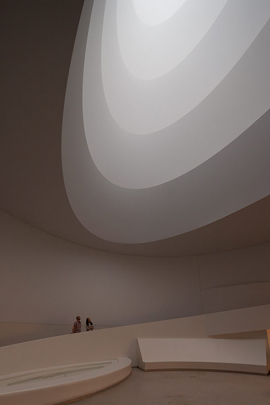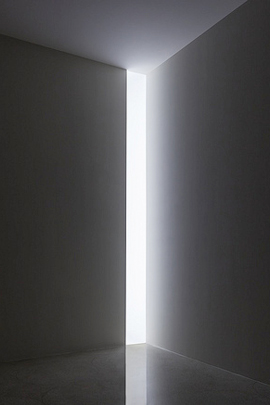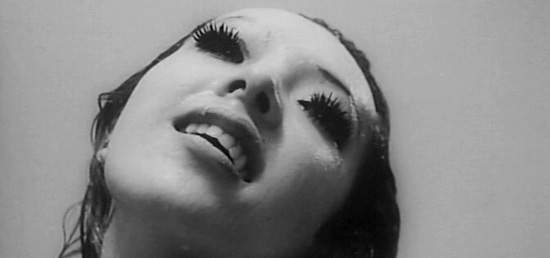
Last night Dean & Mike came over for dinner. I inadvertently made exactly the same thing that I made for them when I had them over last time. In my baby-gay days, my older buddy William would have me over for lunch and always make the same thing for me, a sort of flavorless broccoli pasta and a green salad. Always. And he’d always ask excitedly how I liked the pasta, as if it were the first time for me to experience it, and I’d always find something positive to say, like “the broccoli was cooked perfectly!” I got a kick out of it, each time wondering if there would be some kind of variation. I attributed it to the onset of senility, normal for people over 45, I thought. And now I am William. The thing is, these guys are vegetarians, well, sophisticated pesca-occasional-bacon-itarians, and I’ve run through all my veggie standards, so maybe I’m seized by a lack of culinary exploration and not some nascent middle-aged senility… not quite William. I hope.
I wonder if I’ve already written a post about this?
We watched Funeral Parade of Roses, Toshio Matsumoto’s wild inversion of the Oedipus myth, set in the gay subculture of late-60s Tokyo. The fractured narrative and visceral imagery and occasional shots of the filmmaking process and interviews with the actors were simply electrifying. Nothing else is like it, well, I should say that nothing else that’s like it is terribly watchable, and certainly nothing as engaging from or about the gay community lately. Except maybe the lesbotic but more mainstream Blue is the Warmest Color, which so profoundly and intimately captured erotic awakening, and Concussion, examining the other end of the erotic timeline. The thing I love most about those two recent films is that homosexuality is incidental–no coming out stories, no suicides or conflicts over their sexuality, no tidied-up sexless made-for-primetime-viewing homobots, just real people struggling with real issues who happen to be gay. The queens in Funeral Parade of Roses put on the masks of another gender in order to simulate acceptability, and despite the artifice and posturing, seemed so sadly real, like killing one’s mother and sleeping with one’s father were not only plausible, but inevitable.
Earlier in the day a new buddy from the east came over for tea, let’s call him Bill Cosby. I had met him only earlier that morning online, and because we hit it off so swimmingly and he was leaving town the next day and I had but a teeny window of availability, I abandoned my cardinal rule of meeting in a public place where I could easily escape from, and asked Mr. Cosby up to the CocoPlex for a spot o’ tea and conversation. What a story he told me! He’s married, and to a woman(!), and has all these kids, and only came out of the closet a few months ago and is staying with his wife as they transition to whatever is to come. I admired his honesty and openness, and could sense the relief and enthusiasm he must be feeling to finally express a side of himself that’s been dormant for so long. He even blurted out that he’s a Republican. We were sitting on my back deck at the time and I quickly glanced around to make sure there were no neighbors passing by who may have heard his pronouncement, briefly fearful that my leftist credentials would be tarnished by association. I didn’t directly tell him that I’m a Prius-driving ultra-liberal socialist, but I did chastise him for supporting a fascist regime whose backward fantasy-based environmental, social and fiscal policies are going to take decades to unravel if the public ever wakes from its brainwashed tea party stupor.
Anyway, he’s sort of exactly the kind of middle-aged guy that I always went after during my halcyon twinkie days (balding, furry face, dark eyebrows, hairy forearms, yadda yadda, you all know my type) and now he’s, like, my age! I felt an instant affinity, having experienced the same thing with Bob, realizing I was drawn towards something else but not wanting to end such a beautiful relationship and eventually deciding it just wasn’t fair to anybody. He’s at the beginning of this process, and like a bad therapist, I told him what was going to happen by telling him what happened to me. A delightful man, starting a new life in middle age. Lou Grant said, “You’ve got spunk,” and so does this guy, a lot of spunk. Lou also said “I hate spunk,” but I love it, and am eager to follow this developing story.

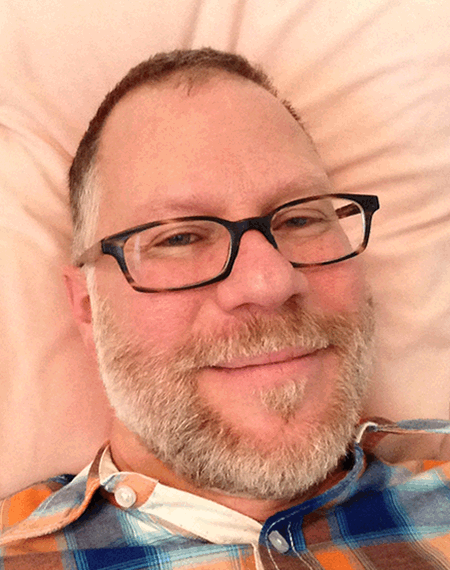

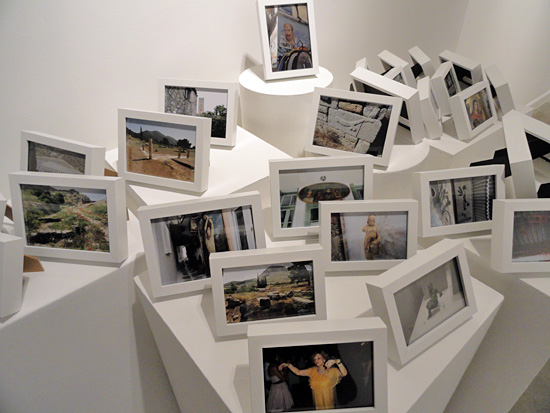
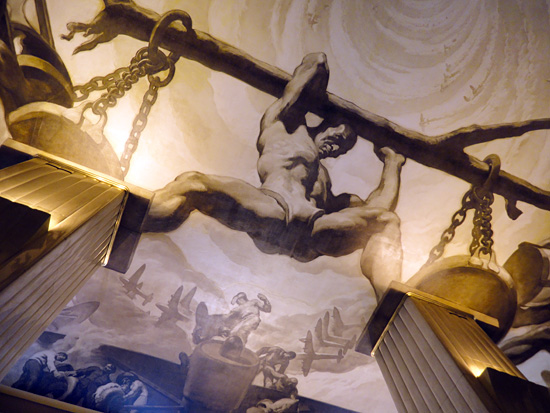
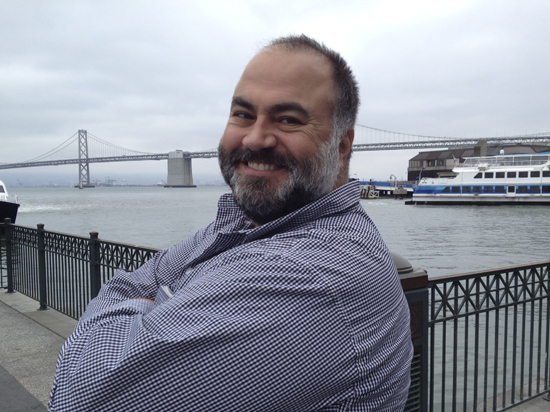
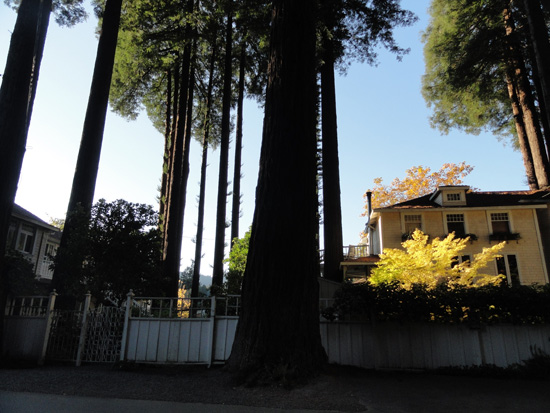
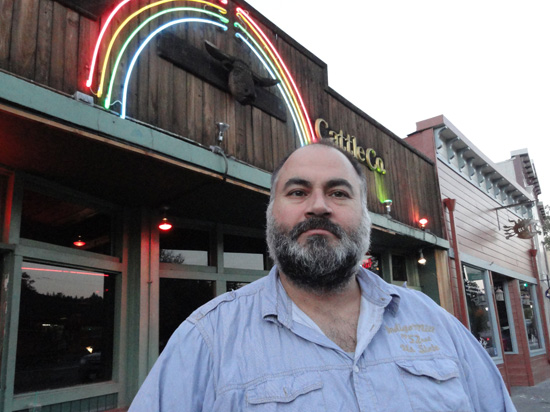
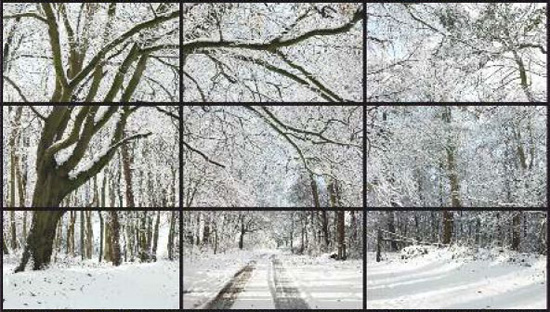
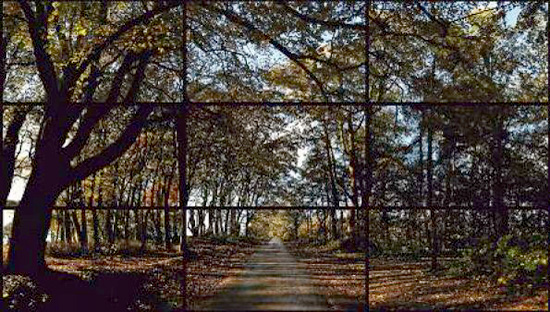
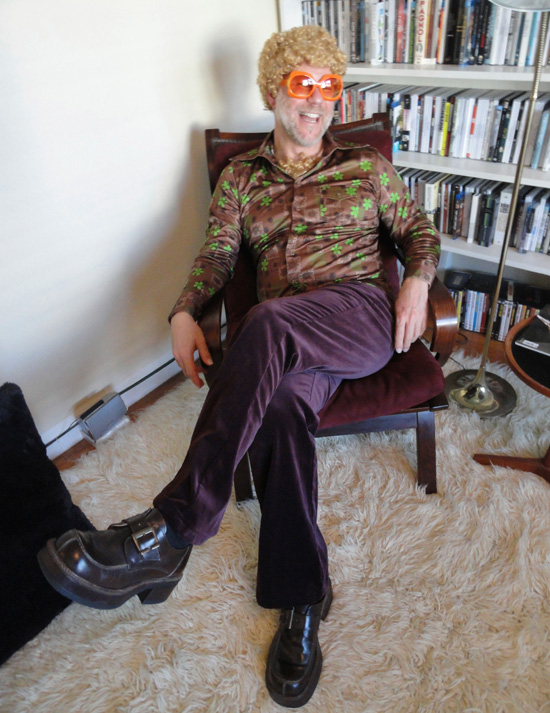
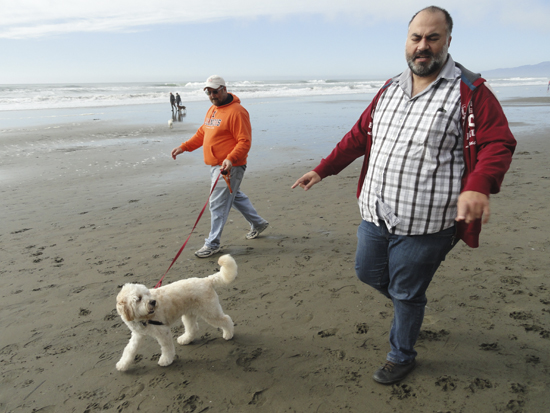

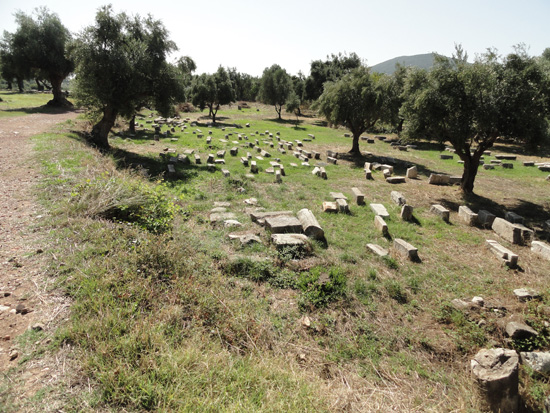
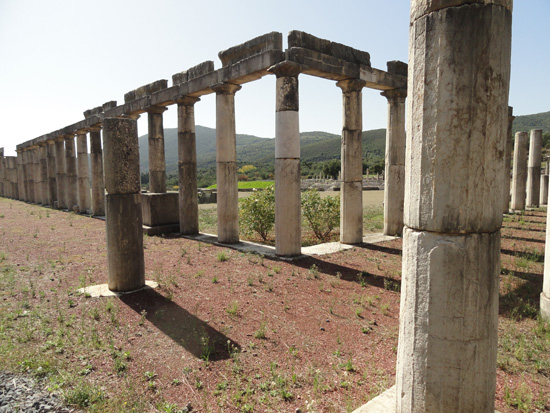
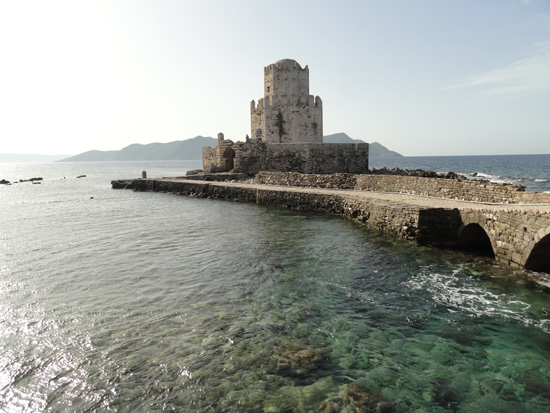
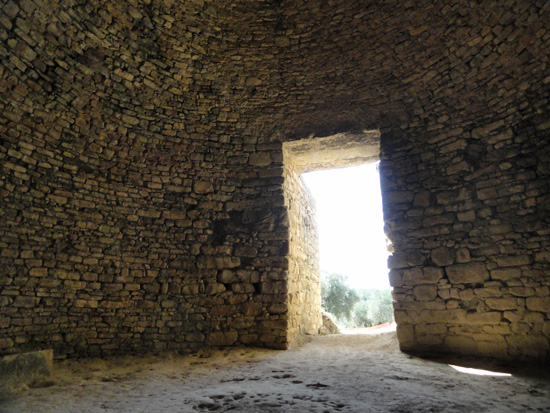
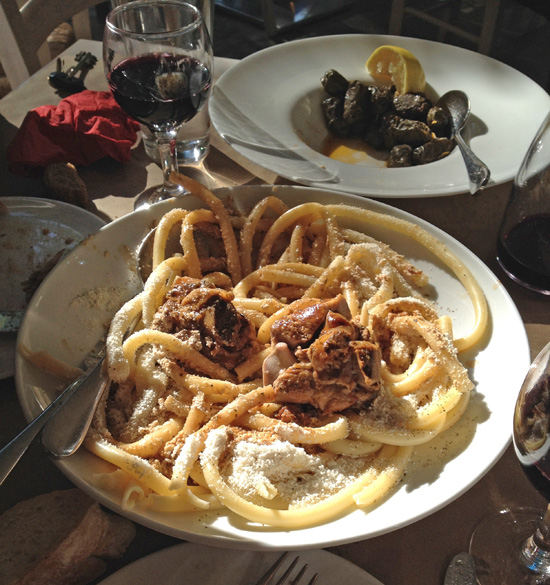
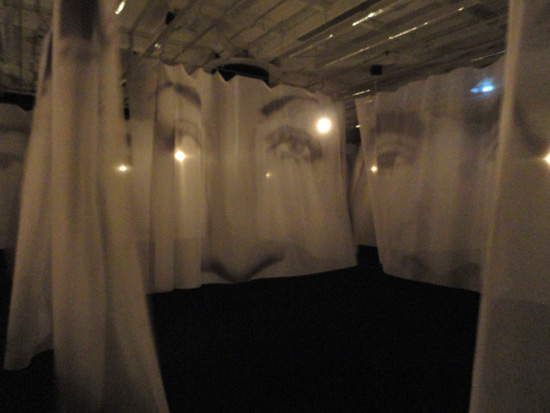
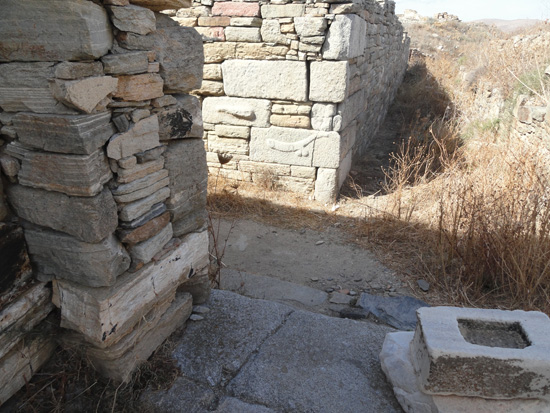
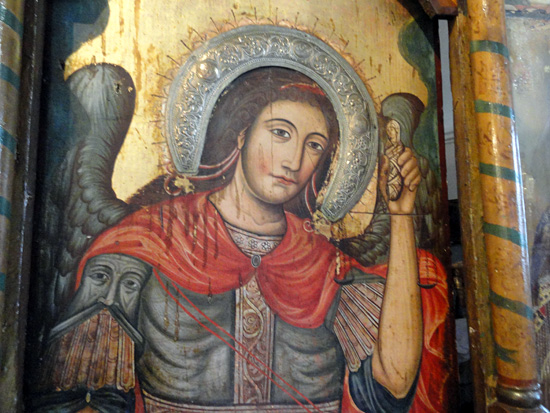
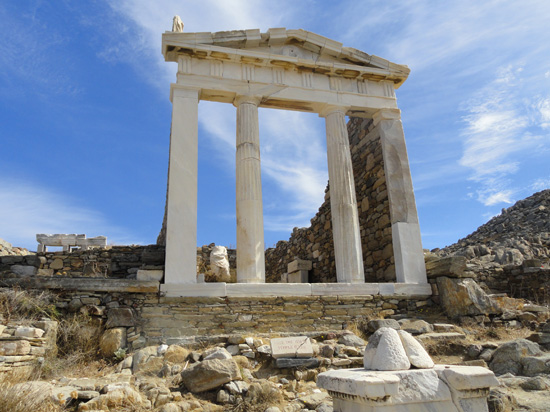
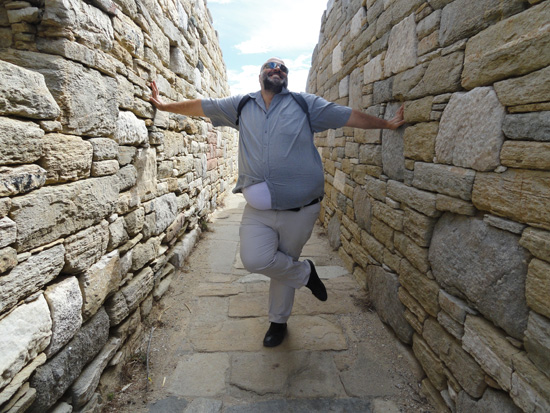
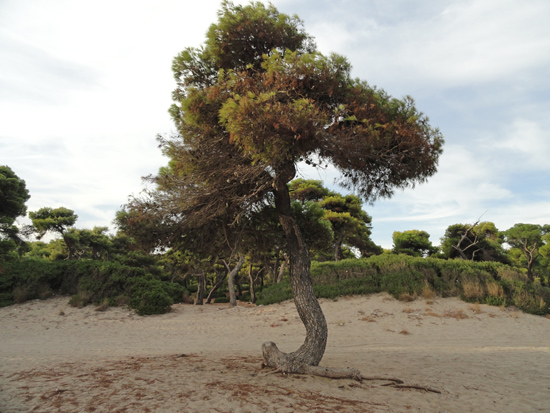
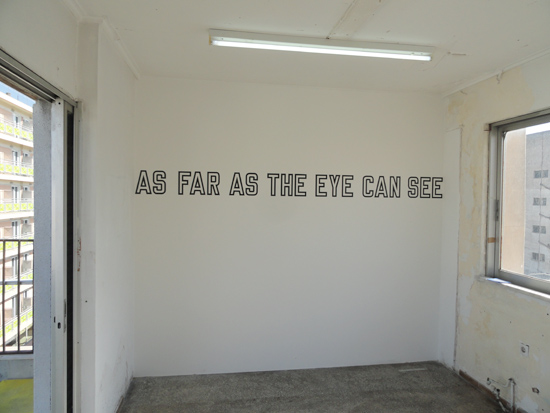
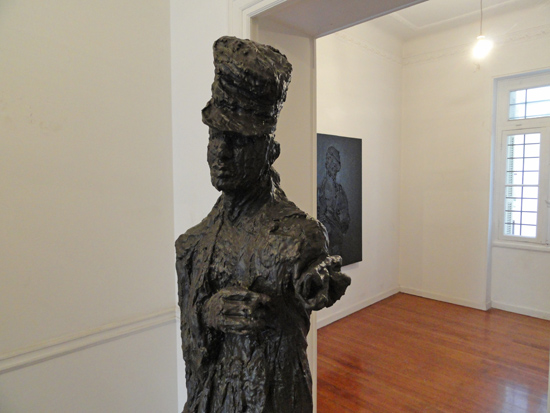

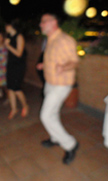 After ReMap, Stavros and I went to his cousin’s wedding. My first big fat Greek wedding! The service was very wordy, the priest addressing the bride and groom for what seemed like an eternity, loopy fabric rings placed on their heads at one point, lots of hand and ring kissing, the couple circling around the priest… At the reception after, I was forced to do that Greek dance that you see in the movies. I had studied the foot movements for several minutes prior, sure that at any moment I was going to be pushed onto the dance floor, and thought I discerned a footstep pattern and was already dancing in my head, but as soon as I was up there, I’m sure I looked like an idiot. But what the heck, it was really fun. I even discoed and ponied with Stavros’ mom and sister. Stavros’ mom asked him if I were available as prospective husband material for his sister. Not eager to tell his parents that I’m prospective husband material for their son, Stavros sidestepped the question in a way that led to further delightfully silly complications worthy of a Rock Hudson and Doris Day script.
After ReMap, Stavros and I went to his cousin’s wedding. My first big fat Greek wedding! The service was very wordy, the priest addressing the bride and groom for what seemed like an eternity, loopy fabric rings placed on their heads at one point, lots of hand and ring kissing, the couple circling around the priest… At the reception after, I was forced to do that Greek dance that you see in the movies. I had studied the foot movements for several minutes prior, sure that at any moment I was going to be pushed onto the dance floor, and thought I discerned a footstep pattern and was already dancing in my head, but as soon as I was up there, I’m sure I looked like an idiot. But what the heck, it was really fun. I even discoed and ponied with Stavros’ mom and sister. Stavros’ mom asked him if I were available as prospective husband material for his sister. Not eager to tell his parents that I’m prospective husband material for their son, Stavros sidestepped the question in a way that led to further delightfully silly complications worthy of a Rock Hudson and Doris Day script.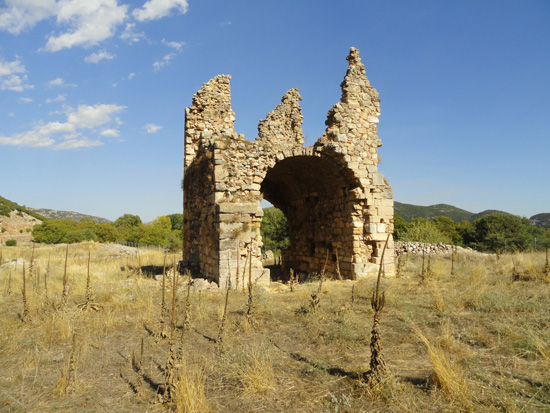
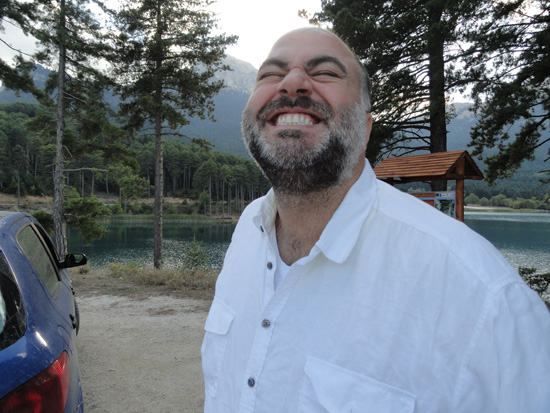
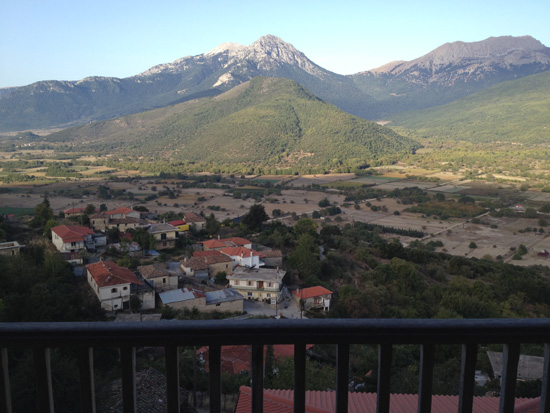
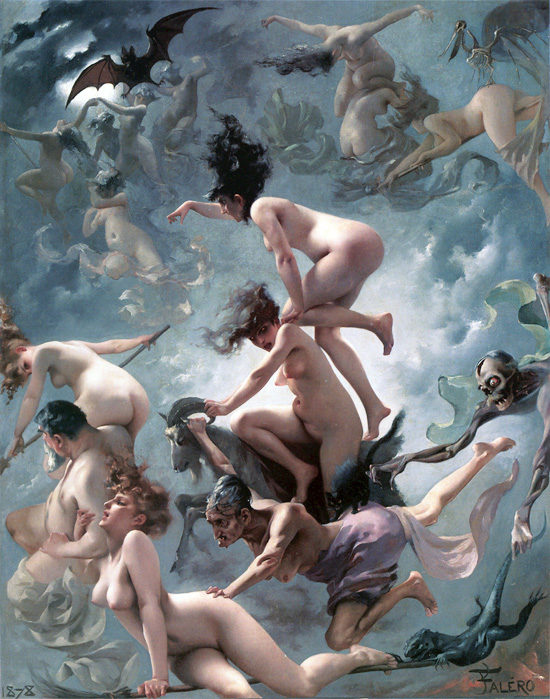
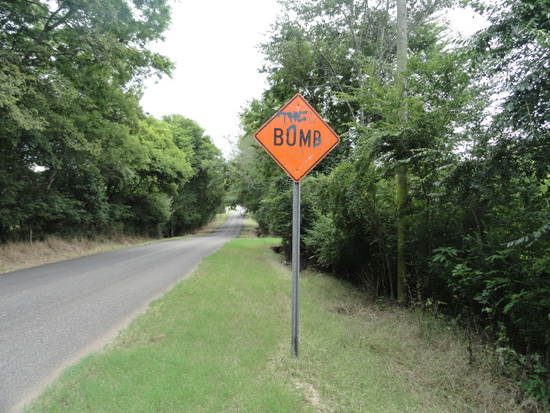
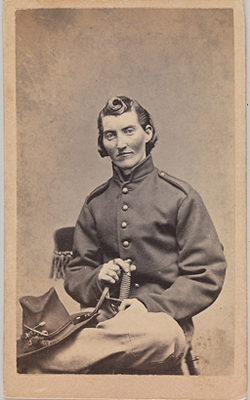 On the way home, we stopped in New York City for a few days, seeing a few plays, including Tennessee Williams’ rarely produced The Two Character Play, and the awesome and inimitable Cicely Tyson, Vanessa Williams and an adorable Cuba Gooding, Jr in The Trip to Bountiful. We also saw The Weir and Vanya and Sonia and Masha and Spike with David Hyde Pierce and not Sigourney Weaver.
On the way home, we stopped in New York City for a few days, seeing a few plays, including Tennessee Williams’ rarely produced The Two Character Play, and the awesome and inimitable Cicely Tyson, Vanessa Williams and an adorable Cuba Gooding, Jr in The Trip to Bountiful. We also saw The Weir and Vanya and Sonia and Masha and Spike with David Hyde Pierce and not Sigourney Weaver.